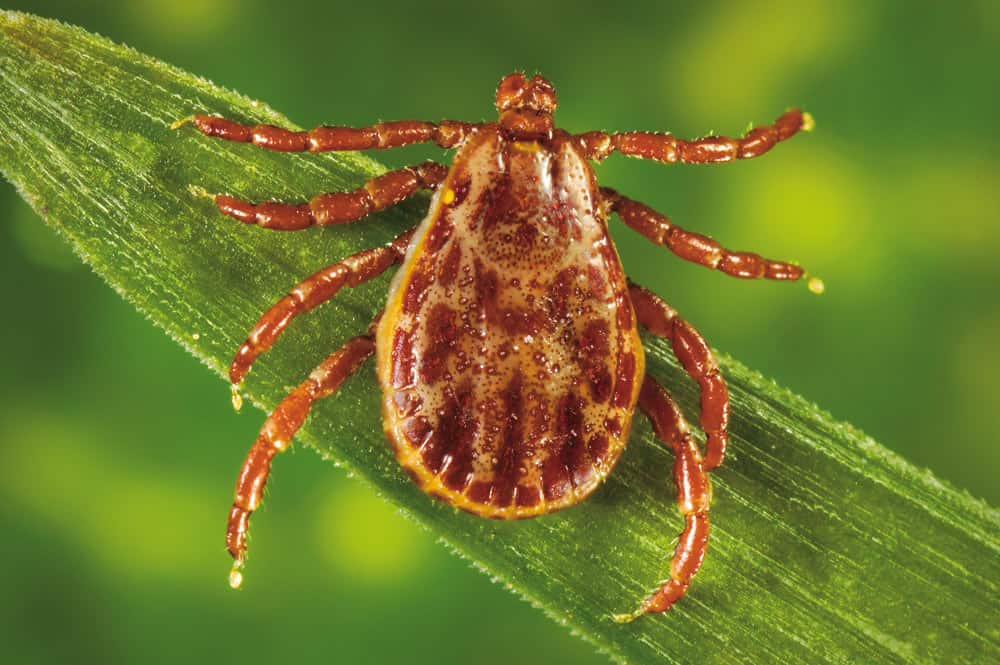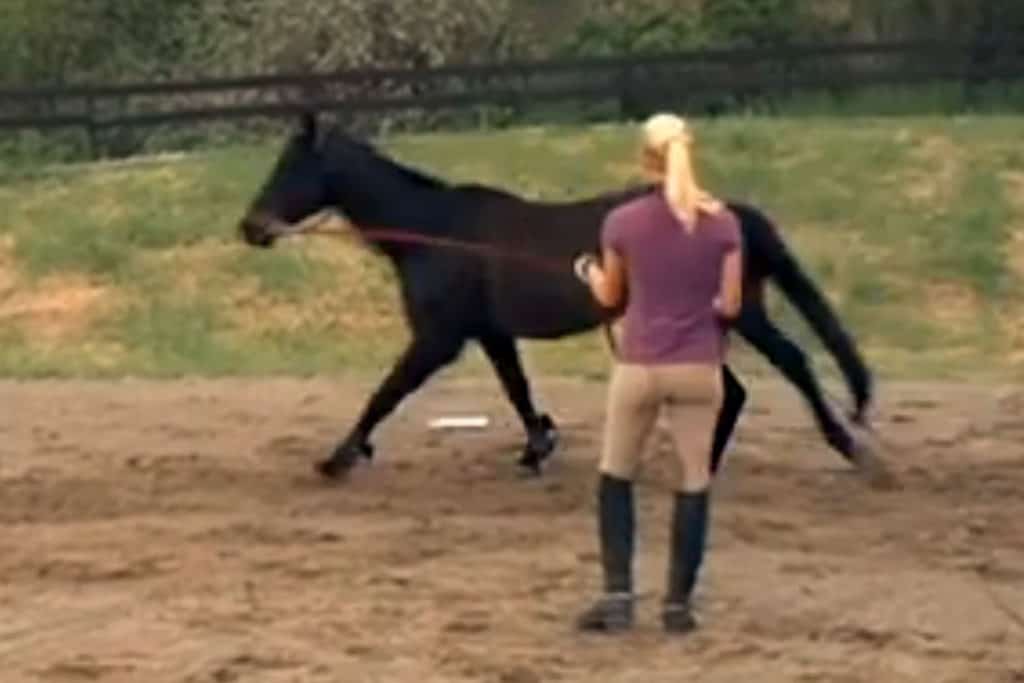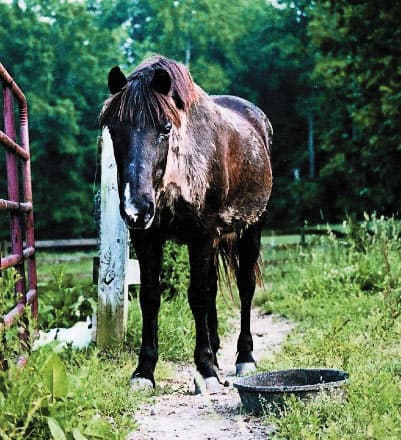
Burn Injuries in Horses
R. Reid Hanson, DVM, Dipl. ACVS, ACVECC, of Auburn University’s College of Veterinary Medicine discusses the treatment of burn injuries in horses.

R. Reid Hanson, DVM, Dipl. ACVS, ACVECC, of Auburn University’s College of Veterinary Medicine discusses the treatment of burn injuries in horses.

Dr. Martin Nielsen discusses the special session on equine parasitology and how researchers are working on guidelines for parasite control at the 2012 International Conference on Equine Infectious Diseases.

Dr. David Horohov joins us from the 2012 International Conference on Equine Infectious Disease to discuss the conference and its sessions on parasites, deworming, R. equi, and many other infectious diseases.

Dr. David Horohov of University of Kentucky’s Gluck Equine Center shares the importance of bringing experts together from around the globe at the 2012 International Conference on Equine Infectious Disease.

Dr. Scott Weese of the University of Guelph defines microbiomes and their role in equine digestion and immunity at the 2012 International Conference on Equine Infectious Diseases in Lexington, Ky.

Dr. Klaus Osterrieder of the Freie Universitaet Berlin Institut feur Virologie, in Germany, discusses some key points horse owners should know about equine herpesvirus.

Dr. Richard Newton of the Animal Health Trust, in Newmarket, U.K., describes how countries prevent emerging equine diseases and how horse owners and veterinarians can help.

Osteoarthritis (OA) is a degenerative and career-compromising disease in horses.

Dr. Erin Denney-Jones discusses how physical therapy can help horses heal post injury.

Dr. Erin Denney-Jones explains how X rays work as a diagnostic tool.

Dr. Mandy Ahrens talks about bone fragility syndrome, a mysterious disease of horses located in a certain area of California.

Robert Mealey, DVM, PhD, Dipl. ACVIM, of Washington State University shares his team’s research on equine piroplasmosis, a tick-borne disease caused by a parasitic protozoan.

Dr. Allison Stewart discusses the threat of rabies in horses and how to protect horses and humans.

Learn tips for how to safely and properly longe a horse from Michelle Motyle of MM Training in Castro Valley, California.

Pituitary Pars Intermedia Dysfunction (PPID, or equine Cushing’s disease) is one of the most common endocrine disorders in horses and can cause secondary issues, including laminitis. But, proper supportive care can offer comfort to many PPID horses.

What do you do if your horse won’t sweat? Dr. Erin Jenny-Jones discusses anhidrosis in horses.
Stay on top of the most recent Horse Health news with
"*" indicates required fields